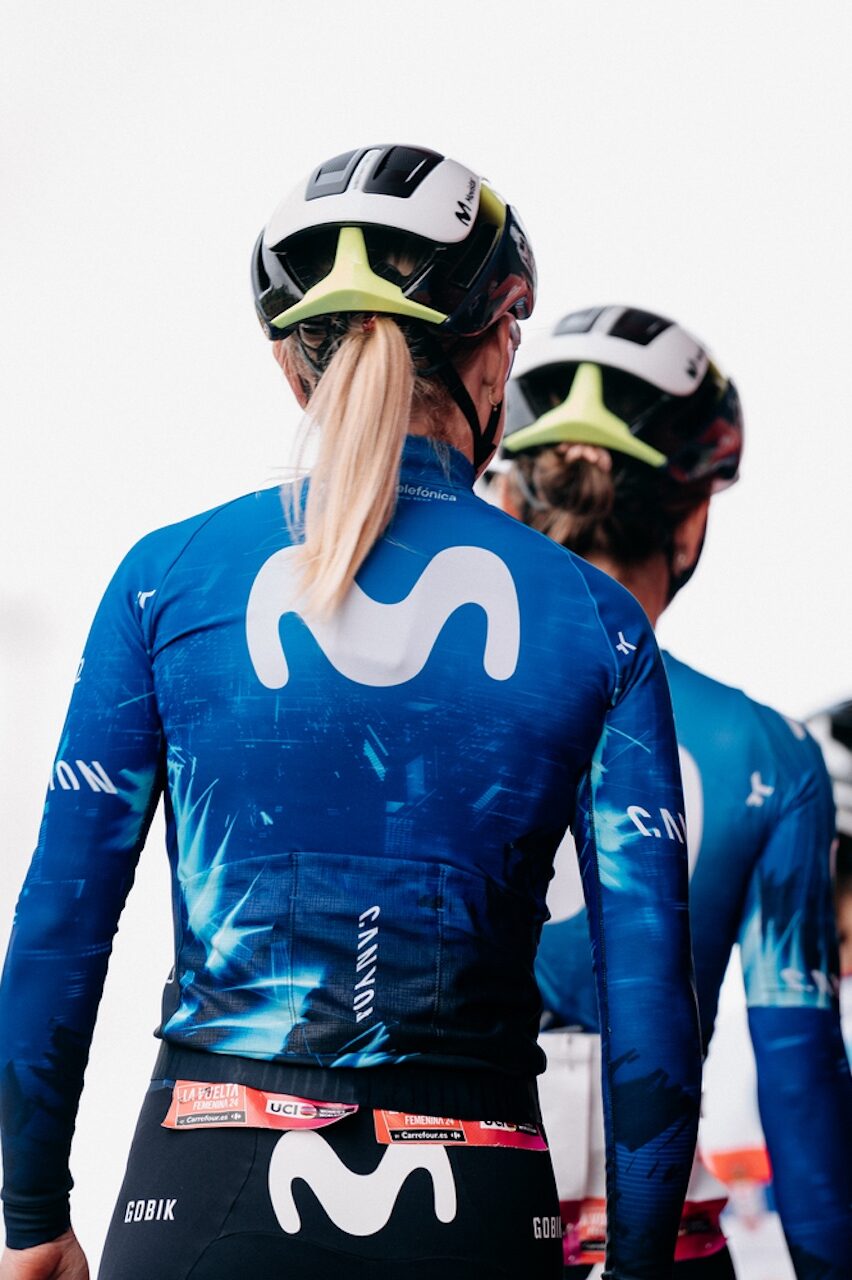Originally slated to be introduced to the women’s peloton in 2026, the UCI announced last year that they had moved up the inclusion of a ProTeam tier. On Friday, cycling’s governing body released more details about the change including a minimum salary, team staff requirements, and details regarding race invites.
The UCI also released the Women’s WorldTour calendar for 2025, which does not include a Milan-San Remo and sees the Giro d’Italia Women cut down to eight days. One race day was added to the calendar – Copenhagen Race in June.
Even before WorldTeams were introduced in 2020 there were two tiers of women’s teams. Teams with a UCI license and teams without. The major difference when the sport made the shift to WorldTeams was the requirements for the top-tier teams, including a minimum salary for WT riders. In the years since, the gap between WorldTeams and Continental teams only grew, even while the two often competed in the same races.
Men’s cycling has three tiers for UCI registered teams: WorldTeam, ProTeam and Continental.
In the last two years especially it became increasingly apparent that women’s cycling would need a middle tier, and the UCI announced in August of 2023 that instead of introducing the new tier in 2026 as planned they had moved up the timeline to 2025, “in view of the current boom in women’s cycling.”
“This new initiative will also enable a greater number of female riders to benefit from a professional framework,” the UCI said in a statement.
As of 2025, teams that are approved for a ProTeam license are required to pay a minimum salary of €20,000. When WorldTeams were first introduced their minimum requirement was only €15,000, which was increased to €35,000 (employee) / €57,400 (self-employed contractor) by 2024.
Each team is also required to have a minimum number of full-time staff, not including riders. It is common for smaller teams to hire contract mechanics and soigneurs for individual races. They will also have to provide a bank guarantee and insurance to match WorldTeams.
Like with the men’s peloton, the top two ProTeams will receive automatic invites to all WorldTour events.
The changes will see a further push for professionalism within the women’s peloton whilst also clearly defining development pathways for riders on Continental-level teams. There will not be riders competing in WorldTour events who don’t receive a salary, racing against riders for whom cycling is a full-time job.
As for the calendar, there were a few minor changes. A new one-day event on June 21 – Copenhagen Race – was added, and the Tour of Scandinavia is listed despite its cancellation this year. The rumoured women’s version of Milan-San Remo was not included, despite talks between RCS and the UCI earlier in the season.
The RideLondon Classique and Tour of Britain have been moved closer together, which will hopefully make it easier for teams to race both back-to-back with minimal travel. While this is better for teams, it does present an issue for RideLondon race organizers who host a ride for the public around the women’s WT event. The organizers posted on Twitter shortly after the UCI’s release:
“Ford RideLondon will go ahead without the Classique in 2025 after the UCI moved the event on the Women’s WorldTour calendar to a date when London cannot play host.
“The Ford RideLondon-Essex 100, 60 & 30 & Ford RideLondon FreeCycle will be held as planned on Sunday 25 May 2025.”
There are still some travel issues, however. Teams will still have to navigate travel from March 1’s Omloop Het Nieuwsblad in Belgium to Italy for Strade Bianche (March 8) and back to the Netherlands for Ronde van Drenthe (March 16).
The 2025 Giro d’Italia Women, formerly the only 10-day event on the women’s calendar, is reduced to eight stages, one stage more than the Vuelta Femenina which will remain in its May slot. This means the Tour de France Femmes, which recently announced an increase to nine stages, will be the longest stage race for the women.
Unfortunately, the Giro d’Italia Women, set to take place from July 6-13, ends only 13 days before the start of the Tour de France Femmes on July 26th, making it harder for top riders to compete in both “Grand Tours.”
The full calendar can be found here.
Did we do a good job with this story?


